- Three Factors of Grinding Wheels
- Features of Grinding Wheels
- Mechanism of Grinding Wheels
- Troubleshooting of Grinding Problem
Three Factors of Grinding Wheels
These three factors enable grinding wheels to grind, polish and cut.
| Abrasives | Each abrasive becomes edge and able to grind workpiece. Abrasives are fallen off when these are worn down and lost sharpness, then these expose new cutting edges constantly (Self sharpening). |
|---|---|
| Binder, Bond | Bond combines and holds the abrasives together. The quality of wheels is controlled by the type and/or compounded amount of bond. |
| Pore | Pore is a space of between abrasives. Shavings fall in the pores and are discharged while the rotations of wheel. Grinding wheel does not work without pores. |
Features of Grinding Wheels
- Abrasive grain is harder than workpiece.
- Abrasives are fallen off when these are worn down and lost sharpness, then these expose new cutting edges constantly.
- Grinding wheels have countless edges and depth of cut is low but these provide fast grinding speed, high performance and fine finish.
- Most of heats generated by operations are absorbed into workpiece.
Mechanism of Grinding Wheels
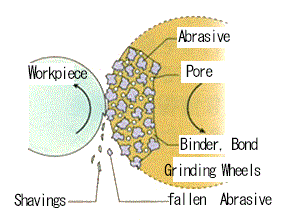
*Abrasive grains expose new cutting edges constantly; this is a unique feature of grinding wheels called “self sharpening“.
Troubleshooting of Grinding Problem
Have you ever experienced troubles as described below?
| Glazing | Abrasives on wheel face are lost sharpness. Wheel has shiny appearance and feels slick. |
|---|---|
| Clogging | Shavings or worn grains lodged in wheel pores. |
| Shedding | Abrasive grains drop before wearing down. |
If any of such troubles appears, please check the following conditions.
- Operating speed (Be sure the operating speed is no higher than the speed marked on the wheel.)
- Dressing (expose new cutting edges = abrasives) method etc.
*If there is no improvement after changing grinding conditions, please reselect grinding wheels.
-
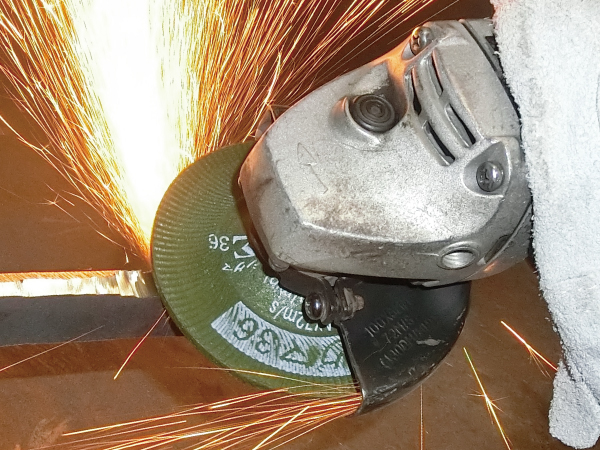
Ⅰ. Why grinding wheel is able to grind?
-
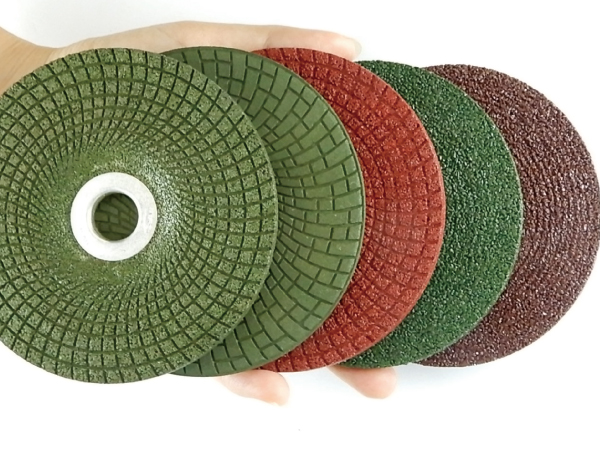
Ⅱ. Manufacturing Process of Grinding Wheels
-
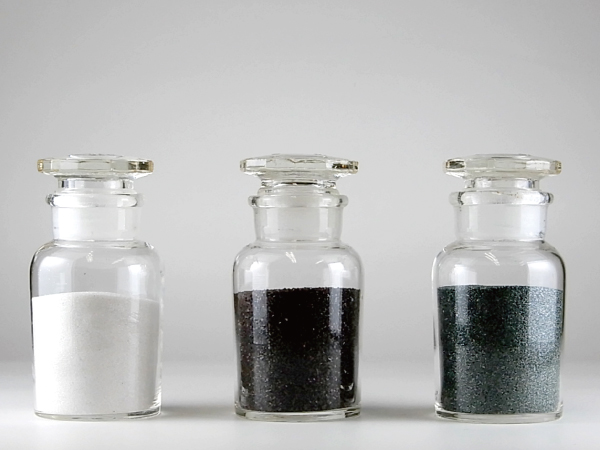
Ⅲ. What is abrasive grain (abrasives)?
-
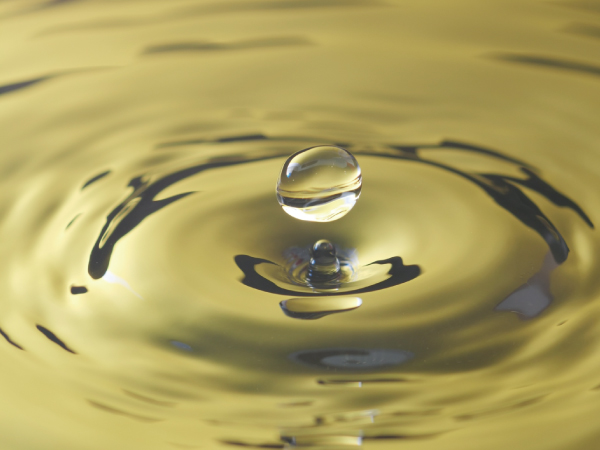
Ⅳ. What is binder (bond)?
-
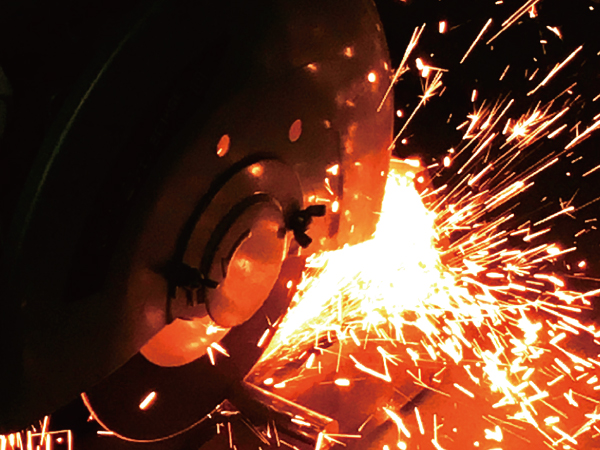
Ⅴ. What is peripheral velocity?
-
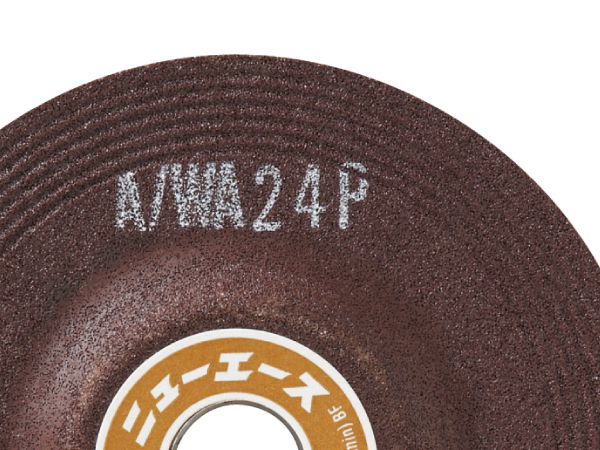
Ⅵ. Indication of Grinding Wheel
-
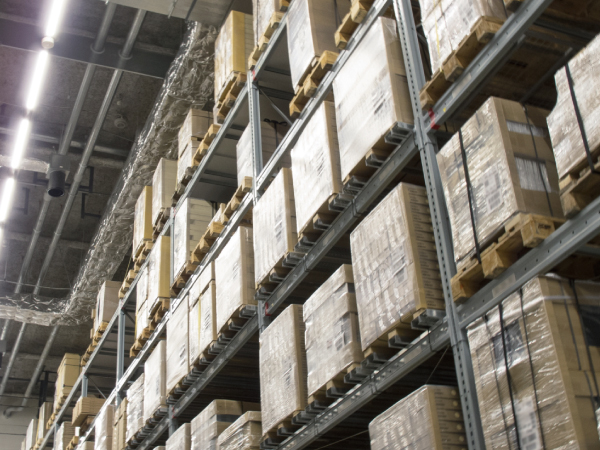
Ⅶ. Handling and Storage Method of Grinding Wheel
-
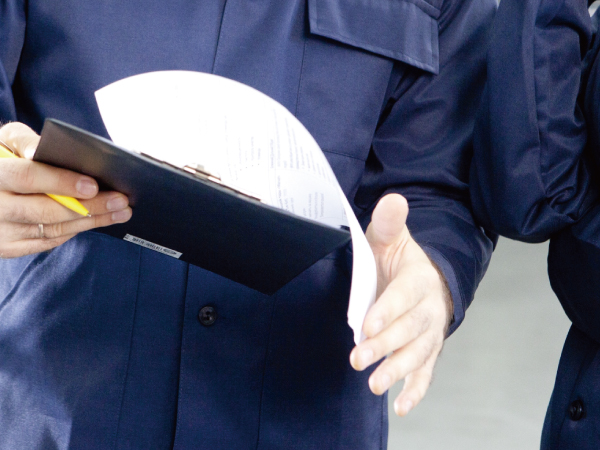
Ⅷ. Inspection and Trial Run of Grinding Wheel
